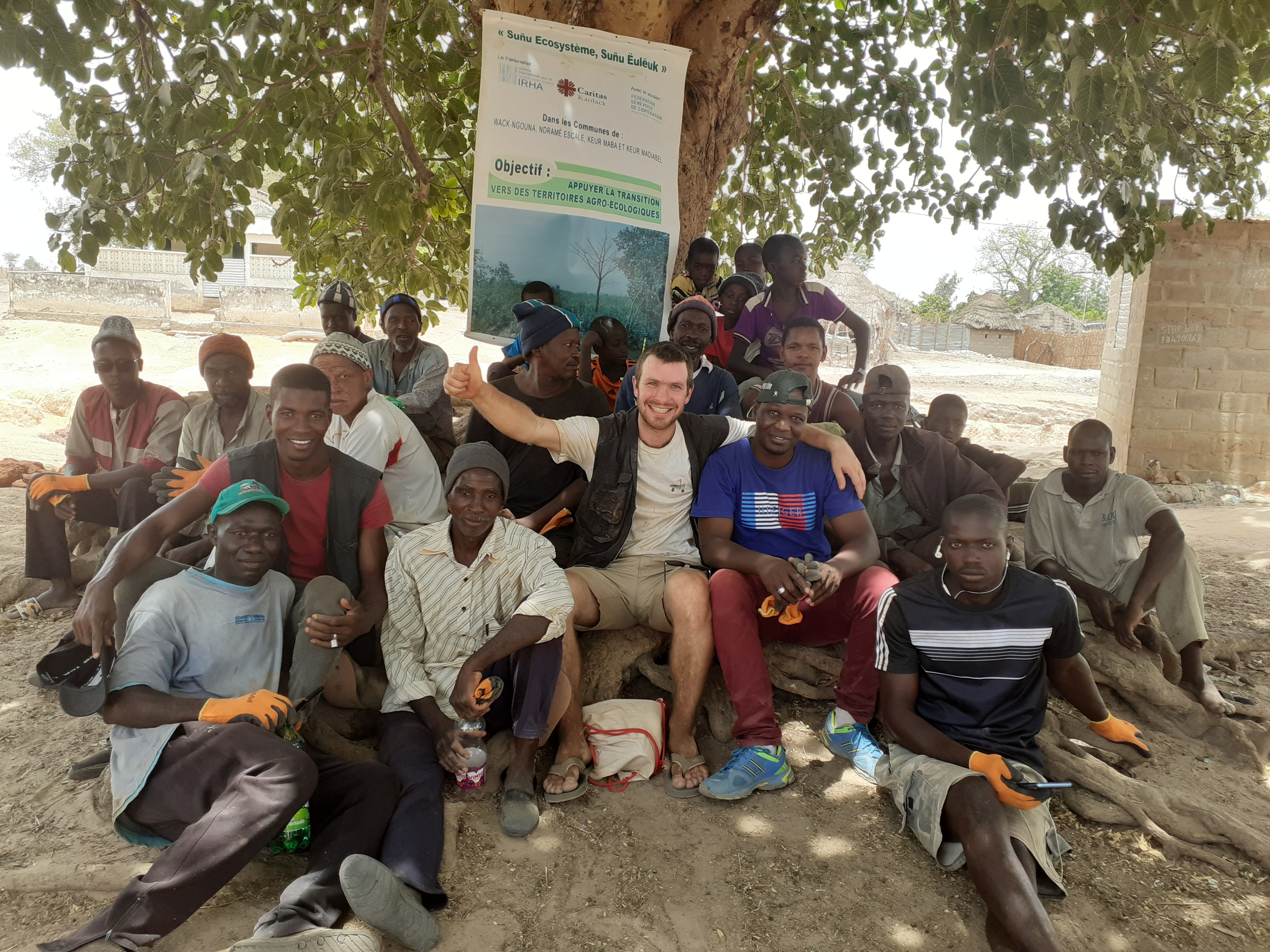Gabions and erosion control

In Senegal's Sine-Saloum region, villages near the banks of river valleys suffer extensive material damage every year as a result of run-off. This has increased after decades of deforestation upstream of the villages and clearing of the riverbanks, leading to the destabilisation of the physical environment (agro-ecosystems), the biophysical environment (fauna, avifauna, flora) and certain aspects of people's lives and mobility (habitats, roads, etc.).
Today, gullies and landslides threaten roads, agricultural plots and buildings. If measures are not taken, any areas affected by this network of gullies are often subject to displacement or total abandonment. The timid measures taken by local people and authorities to try and stop the vicious circle are proving unsuccessful, as they are too localised, often inappropriate and not backed up by knowledge of the phenomenon of water erosion and how it works.
This situation of vulnerability is compounded by climate change, which increases the extremes (drought, variability/intensity of rainy periods), accelerating the progressive poverty of biodiversity, soils and ecosystems, and ultimately leading to a rural exodus of the population.
As part of the "Sunu Ecosystème, Sunu Ëulëuk - Supporting the transition to agro-ecological territories" project, the IRHA, together with our local partners, the Association Sénégalaise pour la Gestion d'Eau de Pluie (ASGEP) and Caritas Kaolack, has undertaken to disseminate methods of thinking about and managing the territory and, more specifically, the heavy run-off during the rainy season. In Ndayène Poste, a small village 10 kilometres north of Gambia, a network of anti-erosion infrastructures is being put in place thanks to strong community involvement.
Two levels of intervention are favoured. The first is preventive, with vegetated stone cordons installed as a "shield" upstream of the village, to slow the speed of run-off and reduce its capacity to erode and carry sediment. At the same time, corrective structures in the form of gabions, stones wrapped in wire mesh, are built within the gullies themselves to reduce the erosive process and trigger the sealing of the incision zones already affected.
As part of my field trip in May, I had the pleasure of taking part in the start-up of this rehabilitation work. Over 50 members of the community were present and 9 donkey carts were made available. This enthusiasm from all ages was only possible because a series of meetings were held with the villagers beforehand to raise awareness and inform them about the causes of the gullies and the possible solutions. These meetings provide an opportunity for enriching exchanges with communities motivated to transform their territory into a resilient and sustainable environment, and make it possible to identify the resource people on whom to rely when implementing the activities.
After three days' work, 70 metres of gabions and around 60 metres of stone cordons have been installed. There is still a great deal of work to be done, especially on the anti-erosion "shield" built upstream of the village. However, the villagers have adopted these techniques and have decided to continue implementing the anti-erosion measures until the rainy season arrives. This community mobilisation is extremely gratifying and promises a fruitful partnership between the project players and the people of the region.